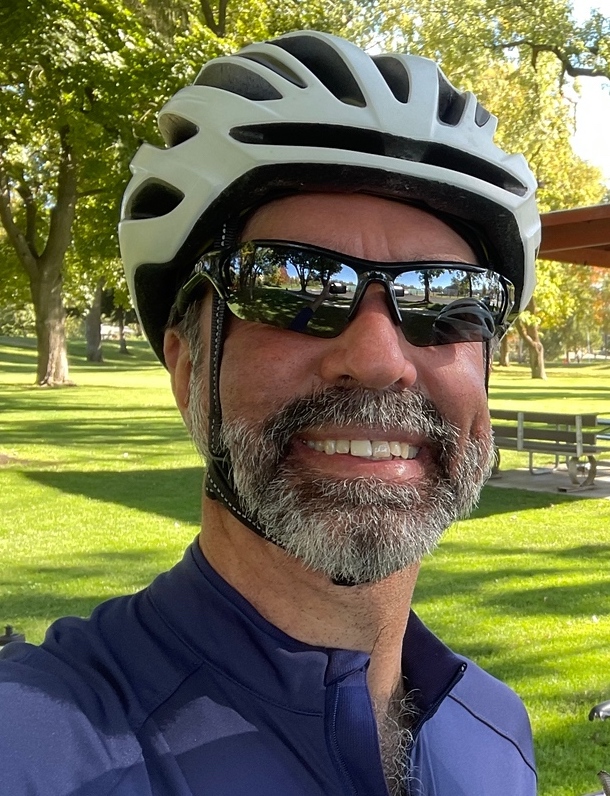Research
Climate
forecast for Seattle: warmer and wetter, with a chance of deluge (Grist)
I conduct research on regional climate change and climate impacts. The end goal of my
work is to provide stakeholders
information suitable needed to prepare for the local impacts of climate
change. In doing this, I am conducting research into the atmopheric processes that determine the
local-scale response of climate variables to projected climate change. I am particularly interested in extreme events associated with heat waves and flood risk.
Simulations of global
climate change and variabilty are the foundation for our knowledge about the climate.
Global models, however, represent atmospheric and surface
parameters with much too coarse a horizontal resolution to simulate regional processes, such
as precipitation and streamflow, that determine the effects of
climate on the region. Furthermore, global models do not
account for surface features, such as topography and land use, that
determine the regional climate.
This document gives a detailed overview of the regional scenarios methods used by the Climate Impacts Group. Web pages for the various methods are provided below:
Regional climate data produced using these methods is used to
support climate impacts applications as well as basic research into
regional climate change.
Other research interests of mine include upper-tropospheric moisture and its
relationship to the climate. Most of my work in this field has been in using
satellite remote sensing data to understand various aspects of this
problem. I have an ongoing interest in understanding the
transport of moisture into the subtropics
using satellite data, conventional meteorological data, and
atmospheric model results.
At the Climate and Radiation
Branch at the Goddard Space
Flight Center, I used TOVS radiance observations to examine the moisture distribution in general
circulation models.
While a graduate student in the Geology and Geophysics
Department at Yale University,
I examined the accuracy of satellite observations, in situ moisure
measurements, and radiative transfer calculations using simulaneous aircraft and GOES satellite
observations.
Teaching
Courses
- BEARTH 155 Introduction to Climate Science
- BEARTH 310 Fundamentals of Weather and Climate
- BEARTH 320 Impacts of Climate Change
- BPHYS 317 Mathematical Physics
- BPHYS 450 Computation Physical Modeling

